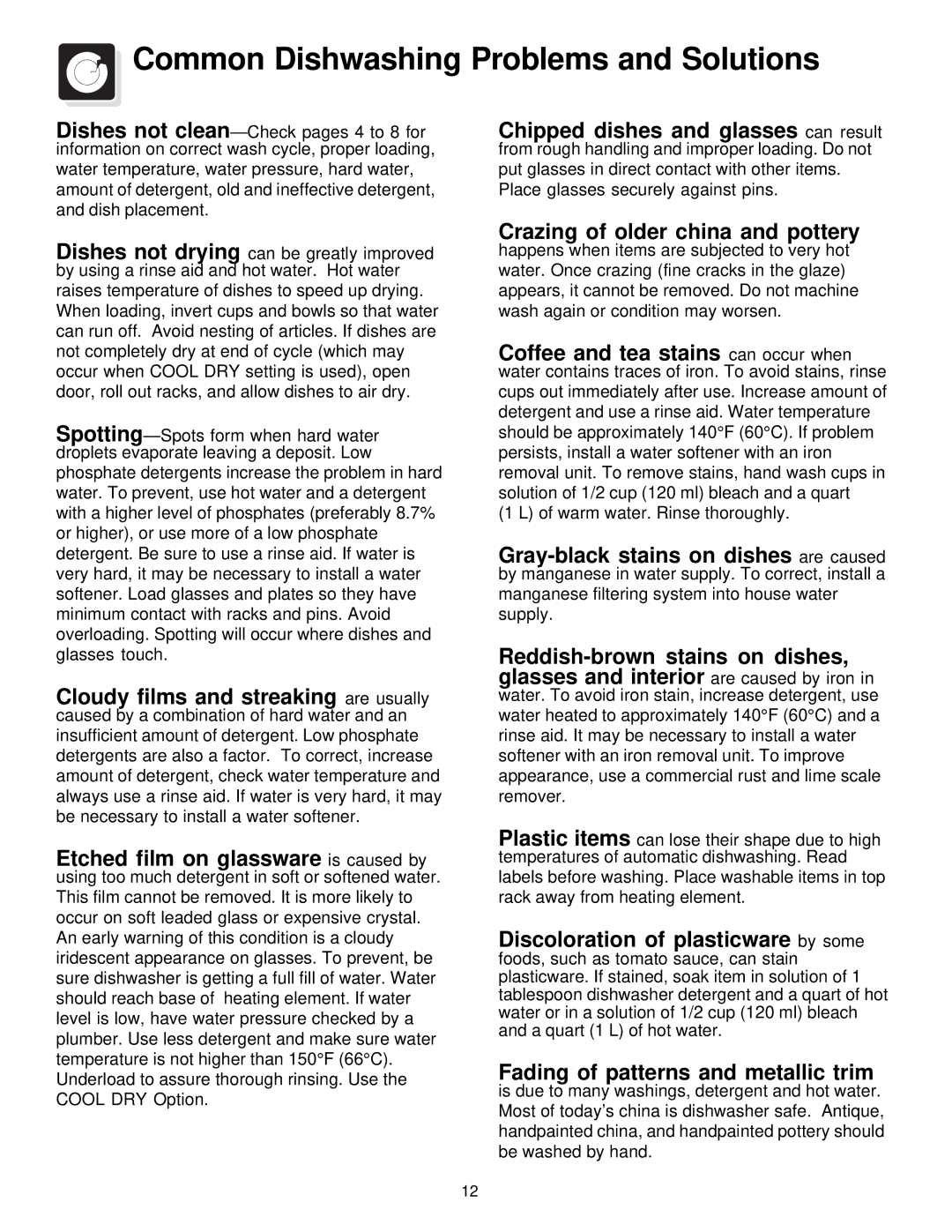18 inch built in and portable specifications
Frigidaire has long been synonymous with quality and innovation in the appliance industry, and its 18-inch built-in and portable dishwashers are no exception. These models cater to a diverse range of customer needs, combining functionality with space efficiency, making them ideal choices for compact kitchens, apartments, or even recreational vehicles.One of the standout features of the Frigidaire 18-inch dishwasher is its versatility. The built-in version seamlessly integrates into cabinetry, providing a sleek, unobtrusive look. On the other hand, the portable dishwasher option offers flexibility for those who may not have the plumbing or space for a built-in unit. The portable model often comes with wheels and a countertop design allowing for easy storage and mobility without sacrificing performance.
Performance is a key consideration, and Frigidaire does not disappoint. Both models utilize a high-efficiency wash system that delivers powerful cleaning cycles. With multiple wash cycles and options, users can tailor each wash to their specific needs, whether that be for heavily soiled pots and pans or delicate glassware. The dishwashers are designed with a stainless steel interior that not only enhances durability but also contributes to superior drying performance, leaving dishes spotless and free of residue.
The advanced technology features prominent in these dishwashers include the OrbitClean wash system, which maximizes cleaning coverage by using rotating spray arms. Additionally, the Energy Star certification assures users of energy efficiency, helping to reduce utility bills while being mindful of environmental impact.
Another characteristic that stands out is the noise level. The Frigidaire 18-inch dishwashers operate at a remarkably quiet decibel level, allowing for operation at any time without disrupting household activities. Some models also feature a delay-start option, enabling users to set the washer to run during off-peak hours for added convenience.
User-friendly controls and an easy-to-read LED display make it simple to select the desired settings. The attractive design, coupled with a reliable performance record, has made Frigidaire a trusted name in dishwashing solutions.
In conclusion, whether you choose the built-in or portable model, the Frigidaire 18-inch dishwashers deliver on all fronts—performance, energy efficiency, space-saving design, and advanced technology—making them a worthy investment for modern kitchens.
 Common Dishwashing Problems and Solutions
Common Dishwashing Problems and Solutions